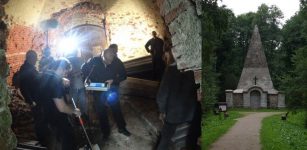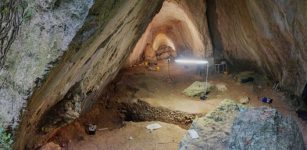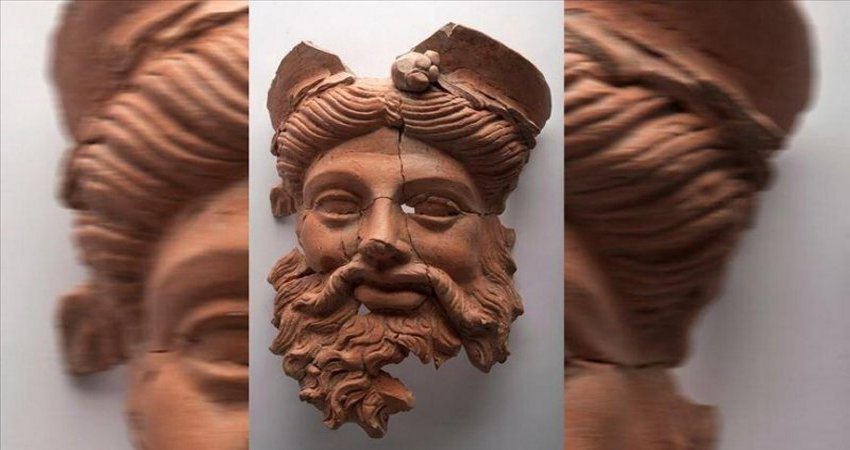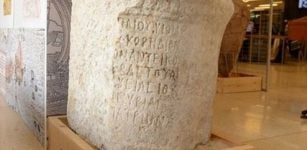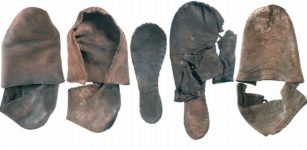Unknown Inscription Accidentally Found In South Tower Of 13th Century Cēsis Castle In Latvia
Conny Waters – AncientPages.com – The impressive castle in the town of Cēsis in central Latvia recently revealed one of its ancient secrets.
The ruins of Cesis – the Livonian Order of Cēsis Castle – are of great importance for the Eastern Baltic region. Historians say the castle was founded by the Knights Glaive Bearers of the Livonian Order and most probably built between 1209 and 1214.
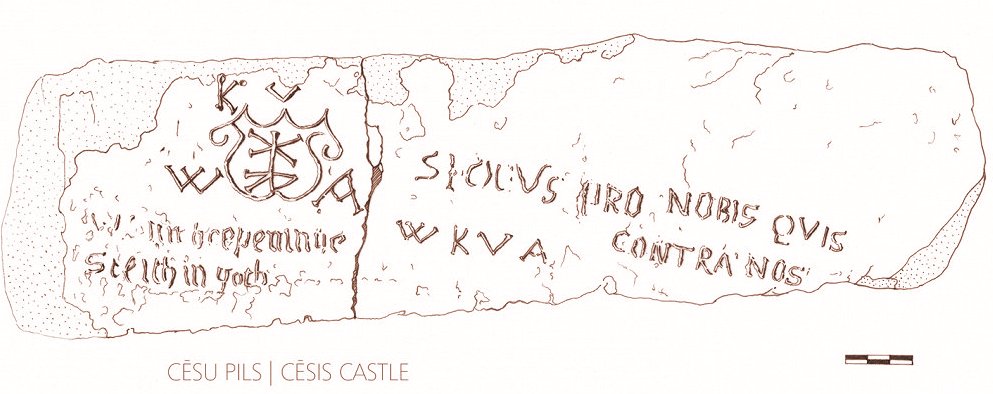
During an inspection of a winding staircase which had been inaccessible for centuries, a unique, previously unknown inscription dated to the second half of the 16th century has been found on a stone in the South Tower of Cēsis Castle.
The text, written in Latin and German, has already been partially deciphered, writes LSM.LV.
Gundars Kalniņš, head of the Medieval Castle Department at Cēsis Museum, noticed the inscription covered with a coat of arms and an ancient text meticulously engraved on a stone.
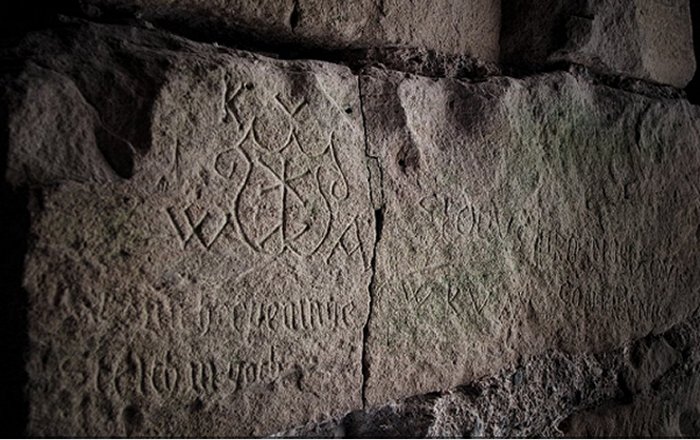
A unique inscription from the second half of the 16th century found in Cēsis Castle, in central Latvia. Image credit: LSM.LV
“The initials WKVA are carved around it and can also be seen in the middle part of the stone. A house mark sits in the center of the coat of arms. In the Middle Ages, town dwellers used these rune-like symbols as a kind of coat of arms. An owner marked his valuable possessions with the house mark and used it as a signature and stamp. The decorative shape of the shield is characteristic of the second half of the 16th century, according to Gundars Kalniņš.
Next to the shield, there are some lines of text that unfortunately text faded over the centuries, but the slanted text in Latin on the right side of the stone is still readable and it reads as follows:
“Si Deus pro nobis quis contra nos” i.e. — “If God is for us, who can be against us”.
It is the question the apostle Paul asked in his Letter to the Romans. The text in German, situated below the coat of arms, is difficult to read and will have to be deciphered during further research.
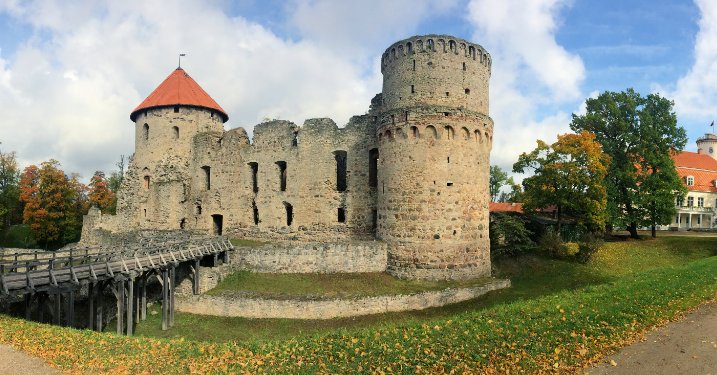
Cēsis Castle in Latvia. source
Now only visible under particular lighting conditions, the text would have been much more obvious at the time of its inscription. As with the rest of the tower’s inner walls, the engraved stone was once coated in limewash. There was enough contrast between the white finish and the areas where the dolomite stone has been engraved to be able to read the wording in the shadowy rooms of the tower.
Kalniņš believes that a pointed iron tool (perhaps a knife) was used to engrave the stone in Cēsis Castle. However, the hard stone would have blunted the sharp tip.
According to, the content of writing suggests that the inscription may have been made during the siege of Cēsis Castle. After 300 years of peace, the castle experienced its first siege in 1577. This episode of the Livonian War has gone down in history as one of the most tragic events in 16th century Europe. For five days the Russian heavy artillery battered the castle walls, and it was finally besieged by the army of Ivan the Terrible.
In the course of the siege of 1577, about 300 people within the castle blew themselves up, unwilling to succumb to Tsar Ivan the Terrible and his army.
It is only since last year that researchers have been able to access the South Tower of Cēsis Castle at all levels. Then, the tower’s ceilings and winding stairs were restored.
Referred to as ‘Tall Hermann’, (a name also used by a famous medieval tower in Tallinn) the tower represents an impressive example of medieval military architecture, and it will be soon opened to the public.
Written by Conny Waters – MessageToEagle.com – AncientPages.com Staff Writer

